Blog home / How to take nature and wildlife photos like a pro
Improve your outdoor and nature photography skills and take better landscape photos with these hot tips. Professional photographer Andrew Thomasson shares advice to take great photos of sunrises and sunsets, how to use long exposure for night photography, using macro when capturing wildlife and more.
When is the best time of day to take a photograph?
Sunset and sunrise are the best times to take photographs because of the combination of colours – a vivid blue sky emerging from pastel hues of pink, orange, purple – all the colours of the rainbow.
There are a lot of differences between shooting at dawn and dusk. At sunrise, the air is definitely clearer in urban areas and there is usually less wind. Sunsets mean more lights are on in cities and there are more opportunities to take light trails.

Generally, the rule of thumb is to shoot in the early morning or late afternoon sunlight or twilight for exterior landscapes. Early morning light gives cool, blue tones with low contrast.
At sunset, this light is replaced by a much warmer golden light which is excellent for front-lit and side-lit buildings or strong silhouettes.
Aim to shoot landscapes with water vistas in the morning with sunlight when the water will be still and blue rather than choppy and grey in the afternoon, especially if there is a strong breeze.
How do you use long exposure to take a photo of the stars?
Way back when we used film, photographing the night sky involved lots of trial and error. Today, because the digital sensor’s response is linear, it’s much easier to get great star images.
If you like the look of long star trails, you might want to try what’s called image stacking, whereby you capture many consecutive short exposures of a star-filled nocturnal landscape and combine these exposures using stacking software. Use post-production to get it just right.
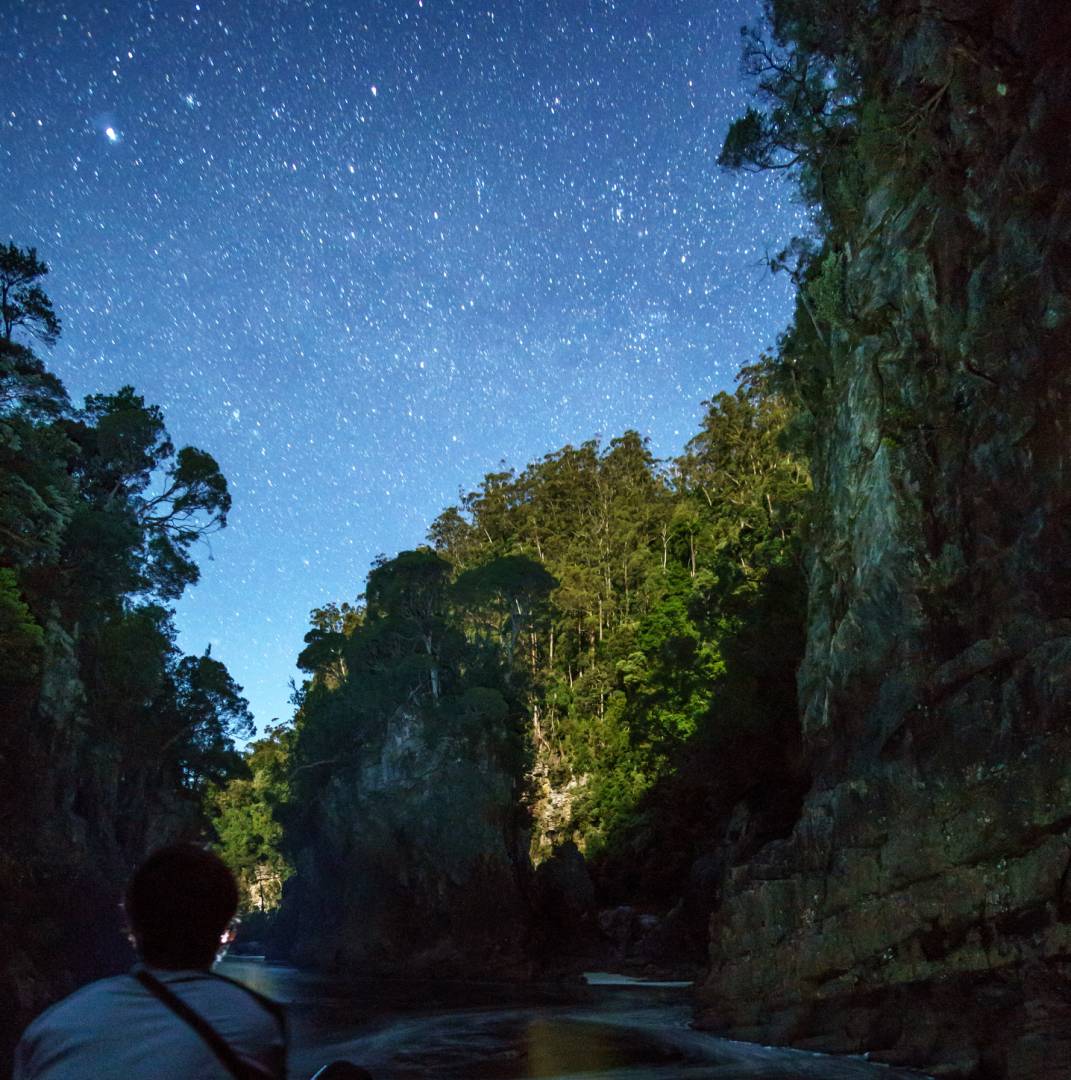
Consider bringing along a digital compass to log GPS data, as well as to determine your orientation in relation to the heavens. This can prove critical when shooting star trail images.
It’s important to remember that making long exposures at night is taxing on camera batteries.
A lot of people don’t realize that cold temperatures can cause batteries to deplete more quickly as well, so it’s a good idea to have extra batteries and chargers on hand to shoot.
Another tip is to disable the electronic controls on your camera such as Live View, the LCD screen or image stabilization as this will also help maximize battery life.
How do you deal with low lighting, such as walking through a rainforest?
A full frame sensor camera allows you to pump up your ISO to give you faster shutter speeds. (ISO is the measurement of the sensitivity of the image sensor.)
Another option is to use a fast lens such as a 50 mm f1.8 to achieve faster shutter speeds without having to resort to high ISOs.
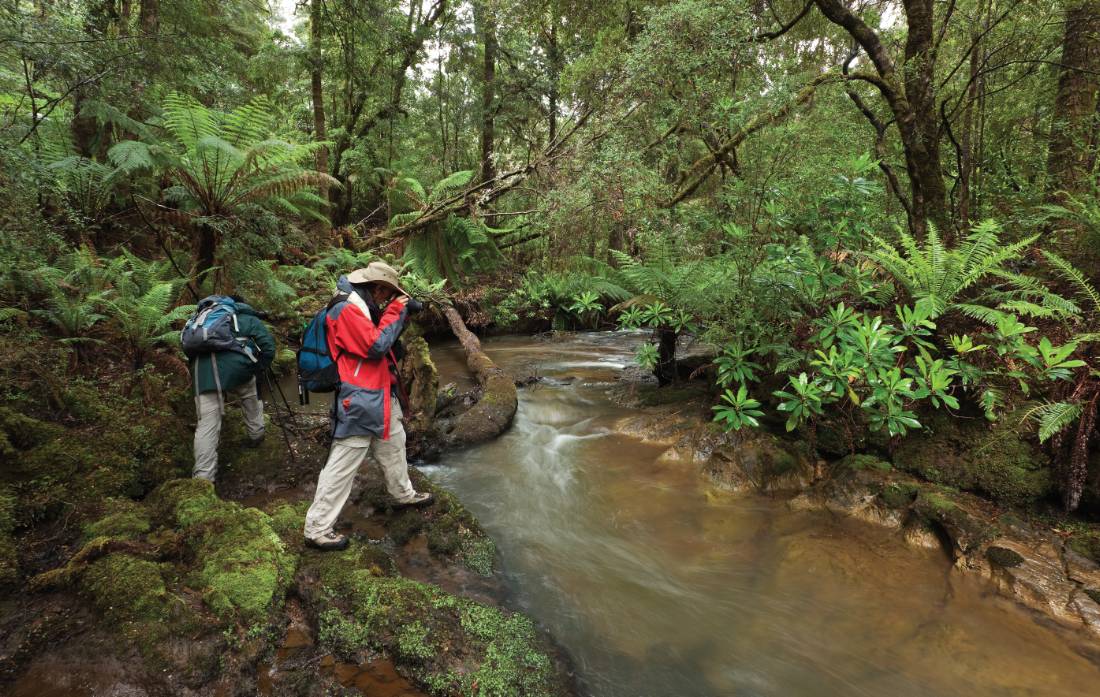
What is the best way to take a photo of wildlife?
The most dramatic wildlife photos usually include a very simple and non-distracting background. The goal is to highlight your subjects and make them stand out.
1. Generally, shoot in the morning or late afternoon.
2. Concentrate and try to anticipate your subject’s movements so you are prepared.
3. Shoot your viewpoint low and try to get close.
4. Remember to also shoot close-ups and macro.
How do you take a close-up photo of flowers?
- Use a tripod for low shots.
- Cloudy days are best with soft filtered light or use a diffuser panel in sunlight.
- Backlight gives a lovely effect with the petals made translucent.
- Freshen up the wildflowers with a spray of water.
- Use a macro lens or compact with macro.
- Use Aperture Priority to manipulate the depth of field.
- Push up the ISO to give faster shutter speeds to freeze the motion of the flowers on a windy day.
- Shield a cluster of flowers with an improvised windshield such as an umbrella.
- For close up ‘portrait’ macro shots, select a contrasting background such as a black shadow.
- Select flowers that are in good shape that are not wilted or have been chewed by bugs or injured by frost.
- Mix up the viewpoint. A low angle can put the wildflowers against a blue sky and a higher ‘birds’ eye’ viewpoint puts the wildflowers in the context of their location.
- A landscape type shot including the wildflowers is best shot with a wide-angle lens and high aperture number to give a great depth of field. Use a tripod or any support.
- Shoot in the soft early or later afternoon light. It’s best to shoot the flowers in the morning when they are fresher.
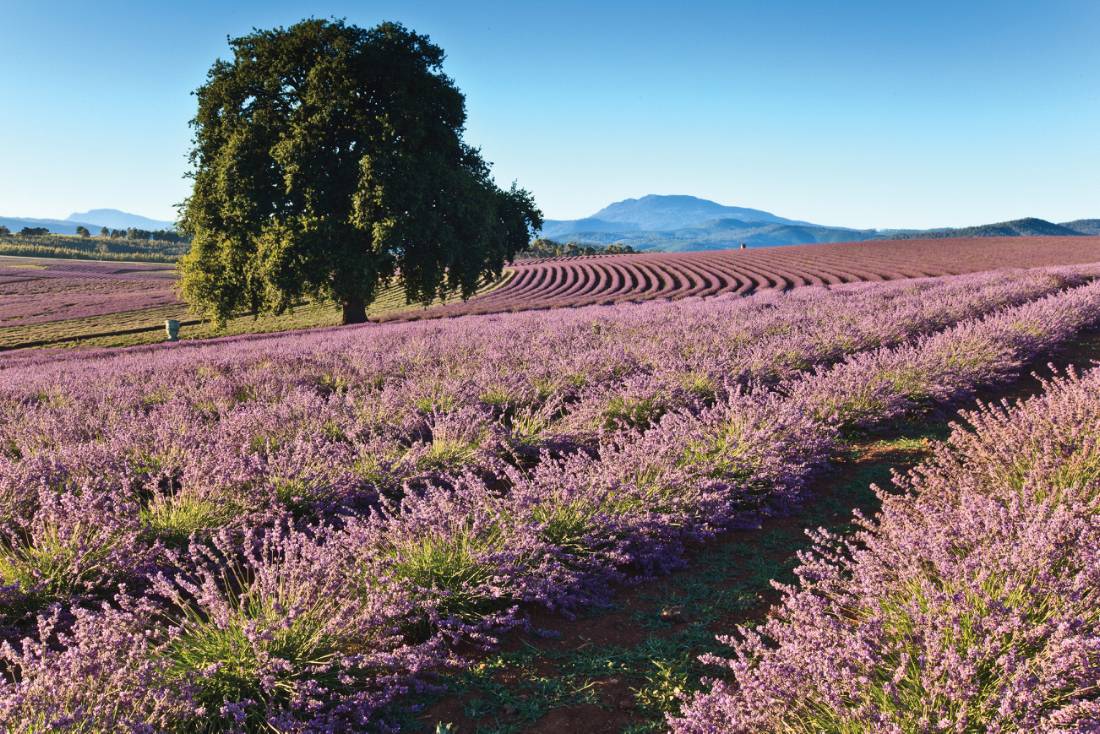
If you could take only one lens with you what would it be?
An all-rounder such as a 24mm to 120mm, a 24mm to 105mm, or an 18mm to 135mm.
How do you keep your camera gear dry and dust-free?
I have Pelican waterproof hard cases for when I’m shooting professionally in locations where I need a waterproof, crushproof, dustproof (especially in the outback) container to protect my valuable camera gear.
What are your three essential pieces of gear, what are they and why? And do you use filters?
Essential in your kit is a polarising filter, a tripod with a ball/swivel head and a camera bag. The bag is to hold all your gear bits and pieces in a tidy and orderly fashion. It needs to have dividers for camera bodies and lenses and be able to accommodate all the paraphernalia such as external flashes, filters, cables and maybe a laptop.
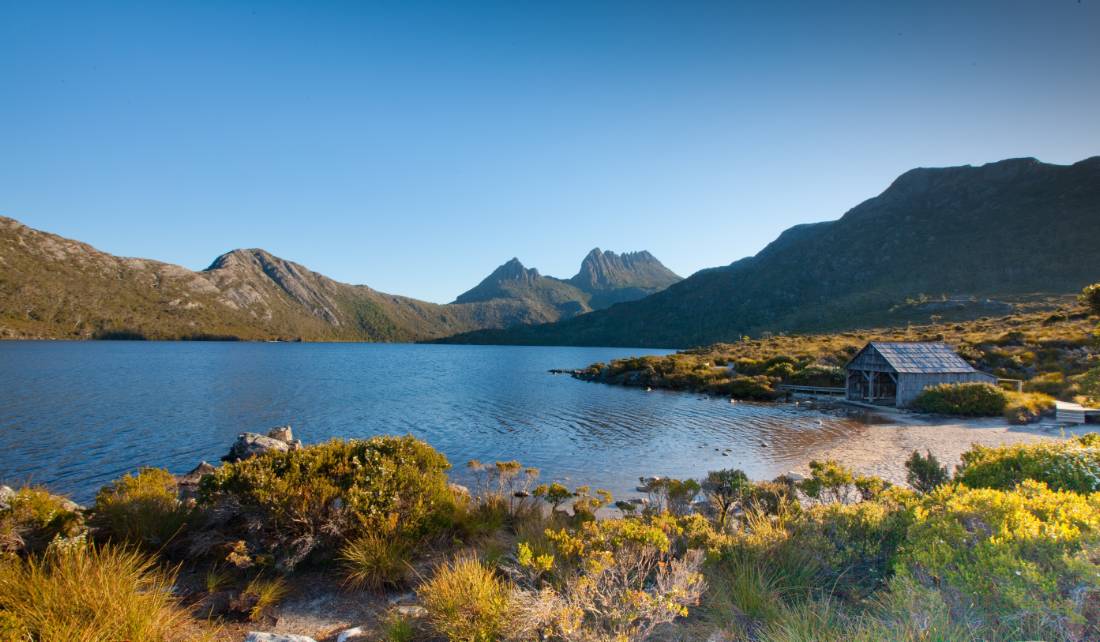
How important is your smartphone to you when taking photos?
Extremely important. Smartphones take great 4K video and you can get unusual angles, different perspectives and aspects as the device is small and light. It has an LCD viewing screen allowing you to visualise and execute the shot without the constraint of looking through a viewfinder. It’s also great to capture action shots where you can track the object with your eyes then press the rapid-fire, slow-mo or video as the action comes into the screen.
I like to see people realise their potential and nurture their creativity and digital photography allows that. Smartphones make it possible for almost anyone to take photos well and experiment, build and learn new skills, and be creative with the equipment they have already.
The ability to share photos instantly via AirDrop on an iPhone is very helpful. Similarly, the white balance capability and the panorama setting are fantastic on these devices too. And, best of all, there’s always a camera in your pocket.
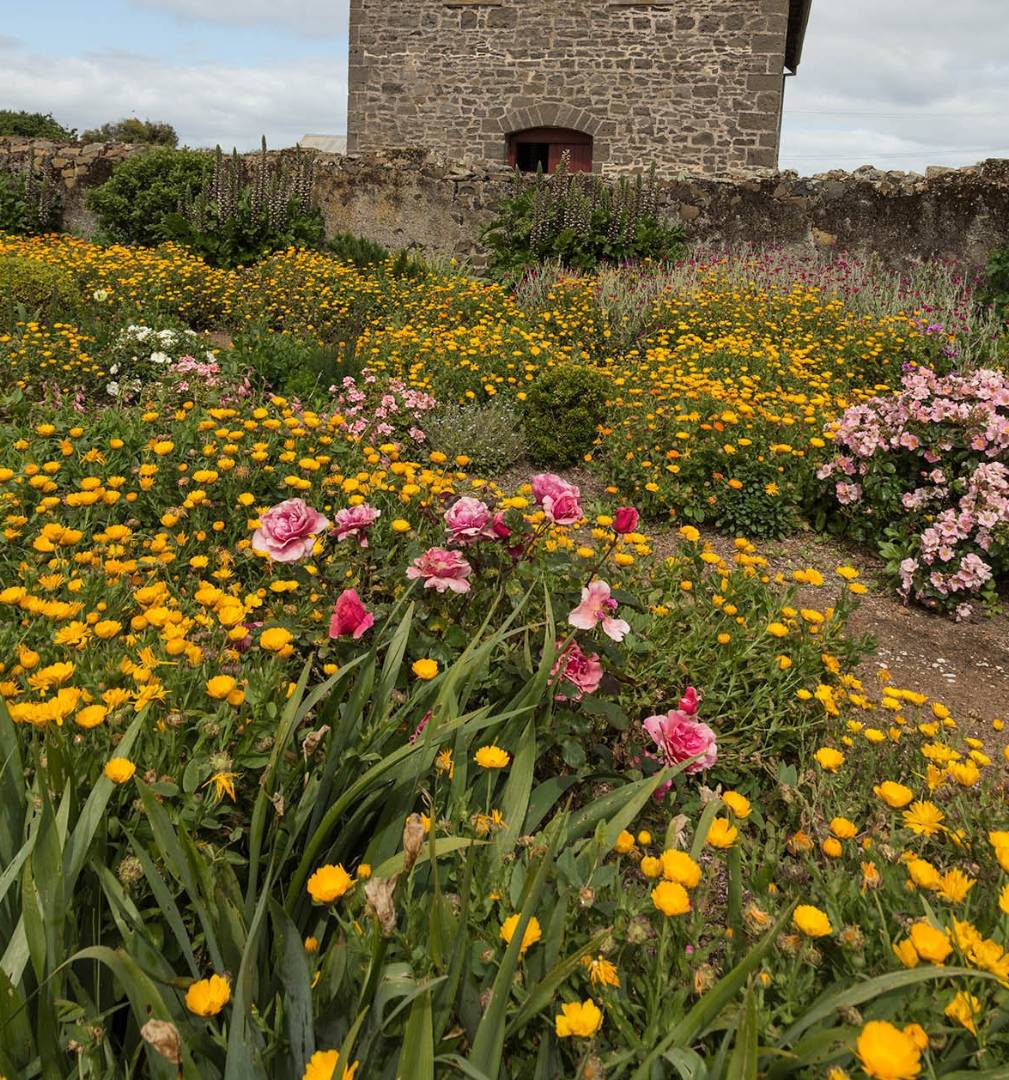
Any other photography tips you’d like to share?
A great way to have fun, at the same time as extending your creativity, is to set yourself some cool photos projects using your smartphone. It will get you looking at things differently, here are some ideas:
- Shoot a series of images that are the same colour.
- Find an interesting family member, friend or pet and document ‘a day in the life’ of them.
- Choose a time of day and take a shot at this time every day for a month.
- Change your smartphone camera settings to monochrome and shoot only black and white.
Where is a Tasmanian destination you recommend taking nature and wildlife photos at?
Flinders Island is a beautiful remote island and makes a great location to enhance photography skills.
It is a great destination offering a wide variety of fantastic subjects and is unique to the world. Australia has some of the world’s weirdest and most unusual animals, birds, reptiles, amphibians, fish and invertebrates.
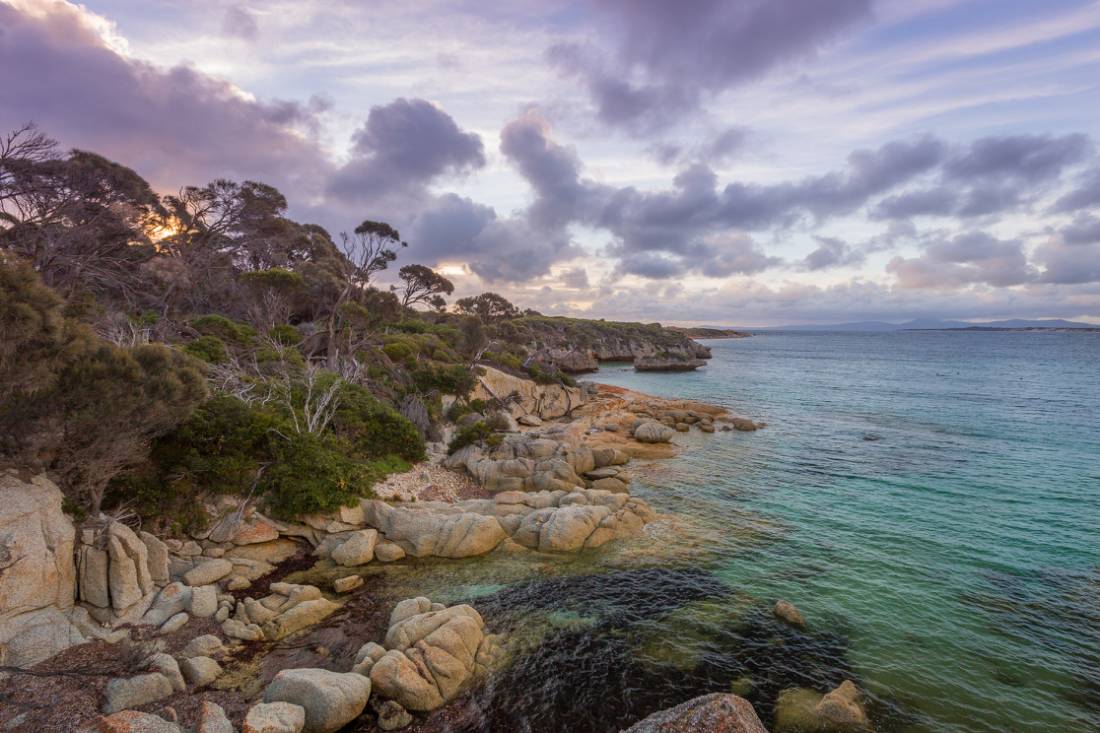
The challenge is to capture something unique to the destination.
When shooting animals, for example, go in for a wider shot that captures the animal’s natural surroundings. I particularly like the Australian backlight, which is strong and rich and the way it can highlight an animal’s unique shape.
Try to shoot wildlife in inclement weather, of which Flinders Island has plenty. Shoot with water as a major eye-catching attraction in the shots.
About Andrew Thomasson
Andrew has travelled extensively on all seven continents and has led photography trips for the past 30 years. An acclaimed photographer, Andrew has broad and wide-ranging expertise across all types of photography, including digital, new technology and film. His lighthearted communication style has proven to be hugely popular in the photographic courses he offers through his business, Focus 10.